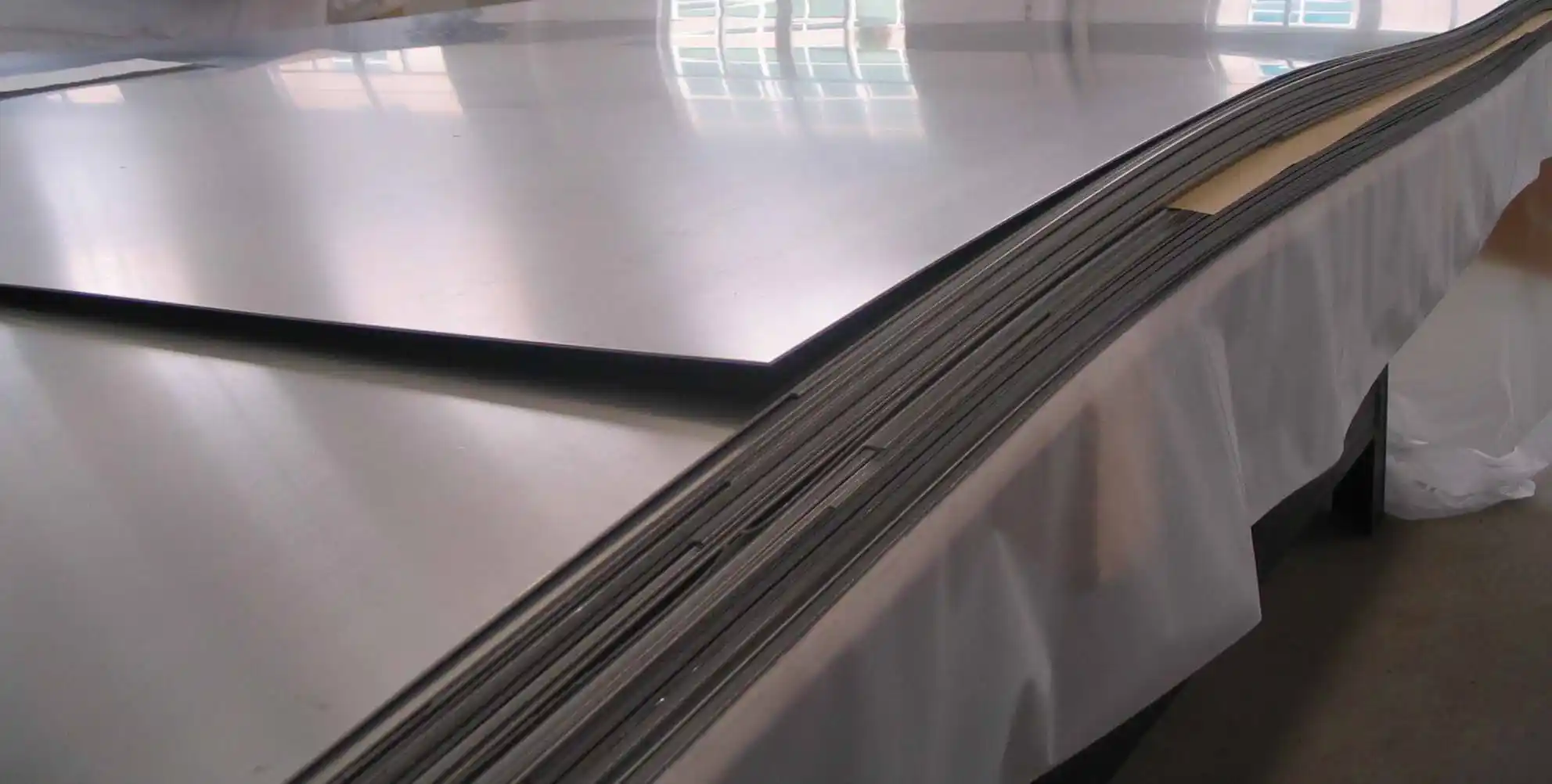Most types and forms of stainless steel plates, namely forged or cast, can be electrically polished successfully. However, the vulcanized free working grade of electric polishing does not give a high standard of surface finish. The principle of anodic dissolution of thin surface layers is similar to that of electric polishing and can be done on other metals. Approximately 20 to 40 microns of surface is removed, leaving a smooth surface that optimizes corrosion resistance of the steel in any given environment.
The electrolytic polishing process of stainless steel uses a relatively low voltage of 12 to 18 volts, but has a high current between 750 and 3000 amps. This results in an anode current density of about 20-40 amperes per square decimeter (amperes per square decimeter). The electrically polished stainless steel item is the anode in this DC cell. The electrolyte used is usually a mixture of phosphoric acid and sulfuric acid. This process should take about 10-20 minutes.

This process induces preferential dissolution of "peaks" or high points on the workpiece surface. This results in a net smoothness of the surface, which also facilitates the removal of surface stresses left over from mechanical polishing pretreatment. Contamination and debris left by mechanical finishes are also removed by electrolytic polishing. However, electric polishing is unlikely to remove scratches and visible surface irregularities. Non-metallic inclusions can also be more visible on the surface of steel after electrical polishing compared to polishing after mechanical polishing methods. Electrolytic polishing can be used to check the surface stability of castings.
Fixture design is crucial, especially in complex shapes, as it affects the consistency of the polished surface and reduces the risk of gas streaks. Both hydrogen and oxygen are produced as dual products of the process, with oxygen coming from the stainless steel "anode". This means that the electric polishing process does not cause hydrogen embrittlement to the stainless steel.
Optimize corrosion resistance of finished stainless steel components. Tiny cracks in the surface have been eliminated. Electrolytically polished surfaces should be completely passive and require no further passivation. Can be used for complex shapes, such as wire radiator grilles, where mechanical polishing is difficult or impossible.
The surface reflectance can also be improved by electrolytic polishing. Machining burrs on small parts are removed, thus avoiding surface contamination caused by mechanical polishing. This gives electric polishing items the added benefit of easier and more efficient cleaning in service. Contact material has a low tendency to adhere (agglomerate) to component surfaces, and fibres are "obstructed" in paper and textile processing applications. Compared with the machined surface, the cleanability of the surface is improved. The growth rate of bacteria in food industry application is slow. The surface stress of the machined parts is low. Stainless steel springs have been electrically polished, especially when compared with ordinary shot peening treatment, resulting in improved fatigue life.



